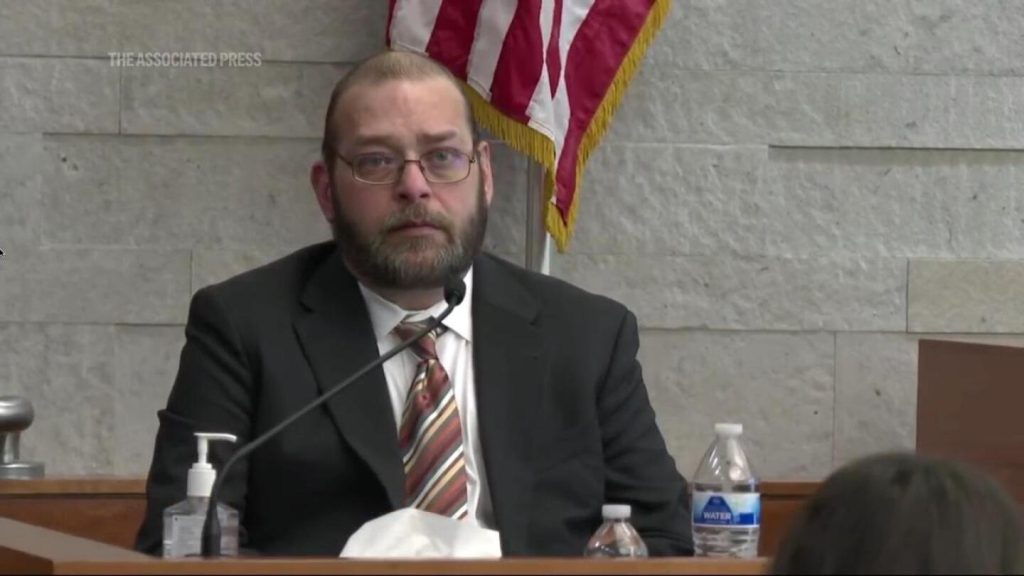A former white Ohio police officer, Adam Coy, faced murder charges in the shooting of Andre Hill, a Black man. Coy testified that he had fired four times after mistaking a pile of keys for a silver revolver in Hill’s hand as he emerged from a dark garage. He realized his mistake only after rolling over Hill’s body and seeing the keys. Coy, who had served nearly 20 years with the Columbus police force and was fired after the shooting, expressed regret and horror over the incident, calling it the worst night of his life. Police body camera footage showed that Hill was holding a cellphone in his left hand, with his right hand not visible, moments before Coy shot him. Hill lay bleeding on the garage floor for about 10 minutes before officers came to his aid and he was pronounced dead at a hospital.
Following the shooting, the mayor of Columbus forced out the police chief due to a series of high-profile fatal police shootings of Black men and children. The city later reached a $10 million settlement with Hill’s family, the largest in its history. In response to the incident, the Columbus City Council passed Andre’s Law, which requires police officers to provide immediate medical attention to injured suspects. Prosecutors have stated that Hill had followed Coy’s commands and was not a threat to the officer. Coy faces charges of reckless homicide and felonious assault in addition to murder, and could potentially be sentenced to life in prison if convicted.
The encounter between Coy and Hill began when the officer responded to a resident’s complaint about someone sitting in a running vehicle. Hill, who was waiting for a friend to come outside, interacted with Coy and was asked to come out of the garage where he was sitting. Coy perceived Hill’s behavior as dismissive and then suspicious, leading him to suspect that Hill might be attempting to break into the house. When Hill walked towards Coy, the officer claimed he initially could not see his right hand and then mistook the keys in Hill’s hand for a revolver. He shouted a warning about a gun before opening fire on Hill. Family and friends described Hill as a devoted father and grandfather, as well as a skilled tradesman who aspired to own his own restaurant after years of working in the food industry.
Coy had a troubling history of complaints from residents, with more than three dozen filed against him since he joined the police department in 2002. A significant portion of these complaints were related to his use of force, and the majority were deemed “unfounded” or “not sustained.” This background raised concerns about Coy’s conduct and decision-making in the situation that led to Hill’s death. The incident underscored broader issues of racial bias and police violence, prompting calls for accountability and reform within the Columbus Police Department. The trial of Coy for the killing of Andre Hill served as a focal point for discussions on police accountability, racial justice, and the need for systemic change to address the root causes of such tragedies.


